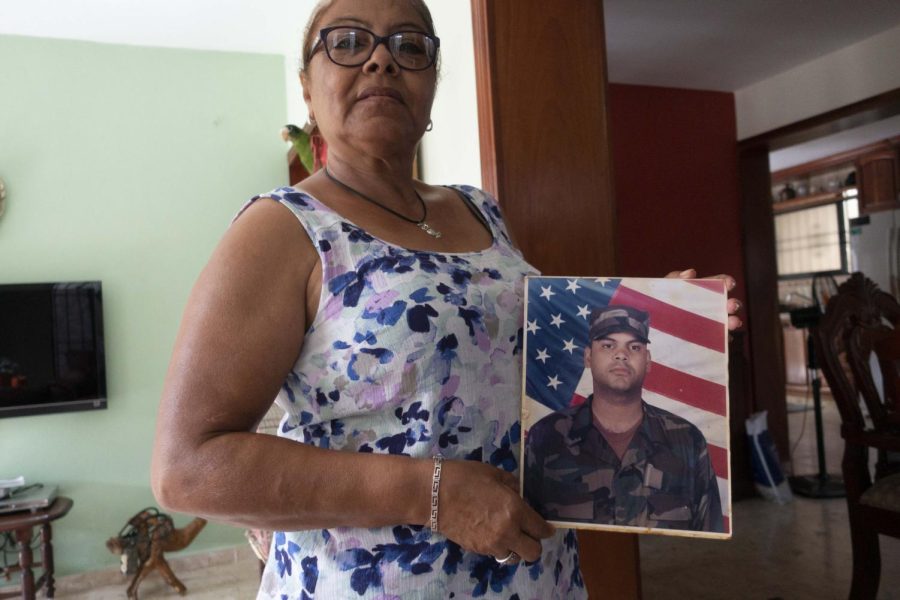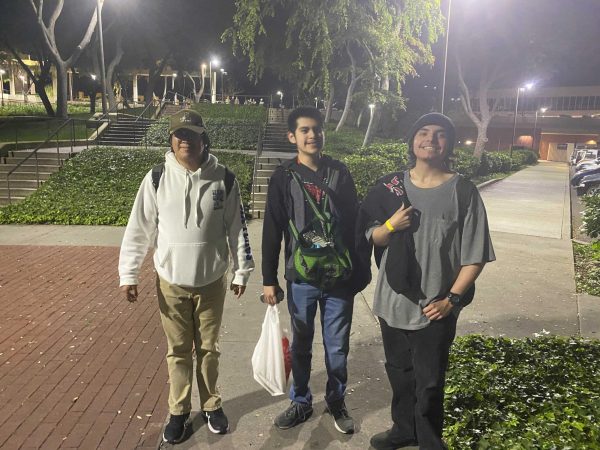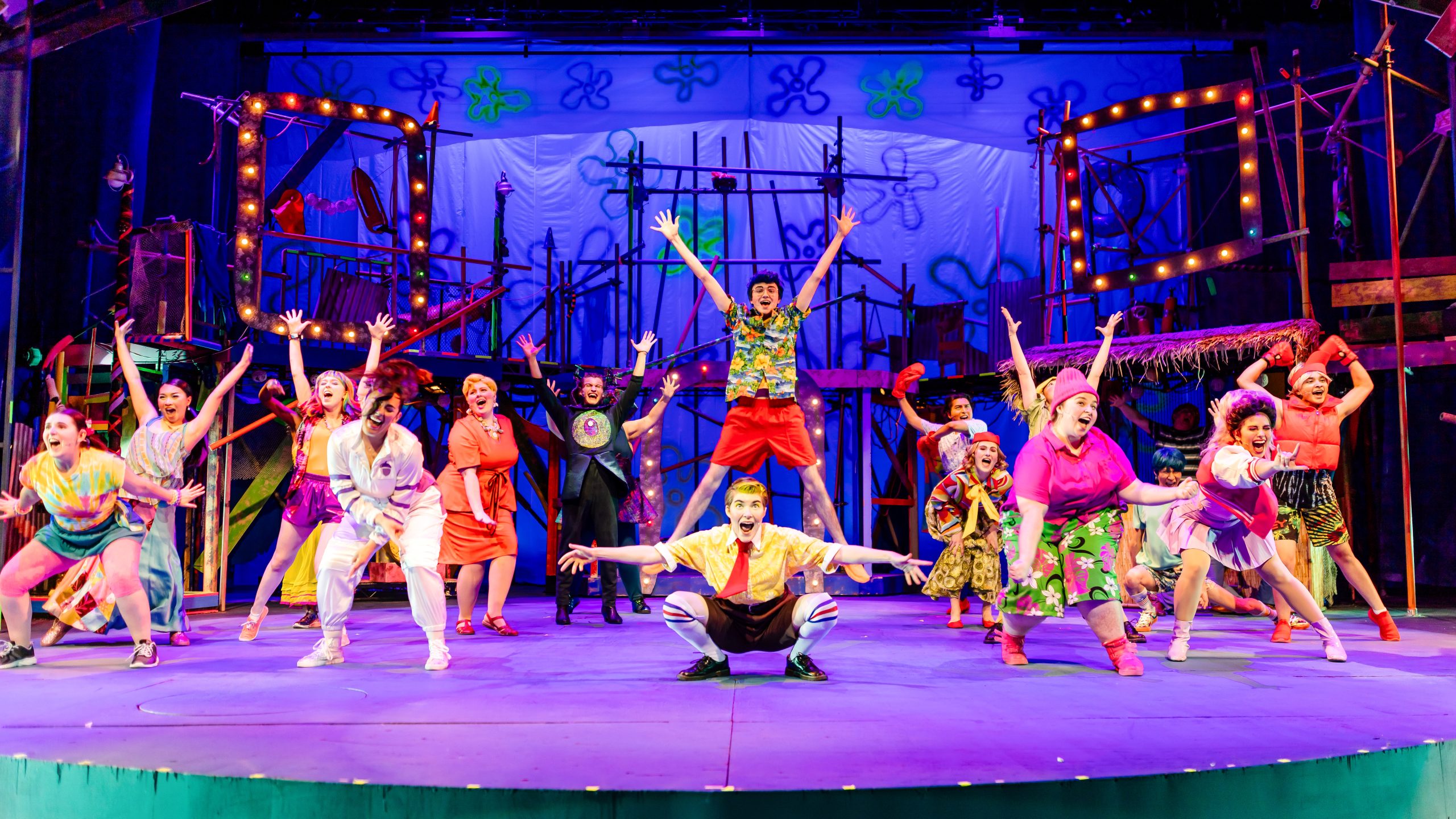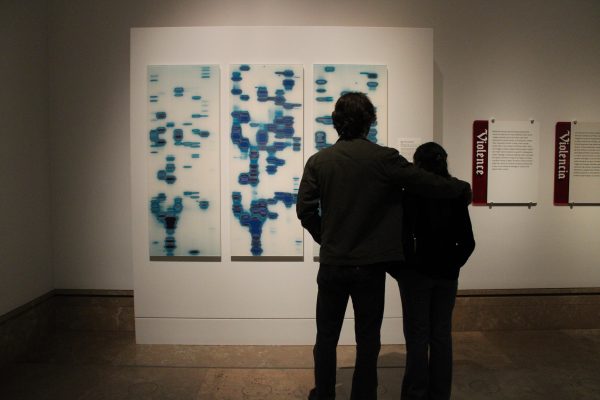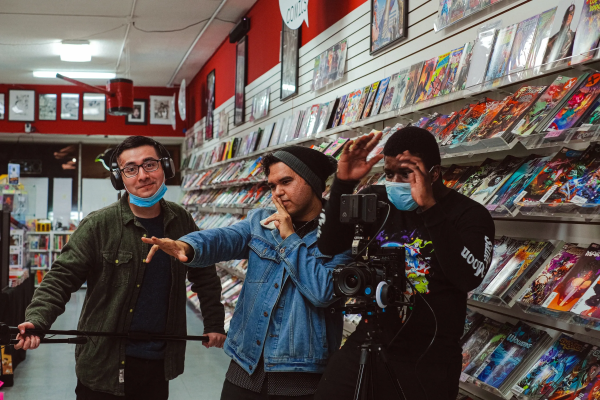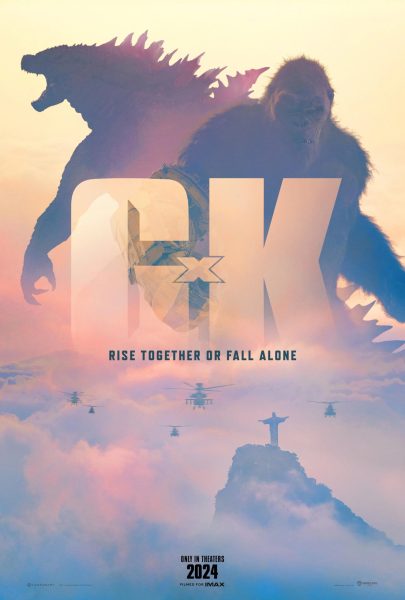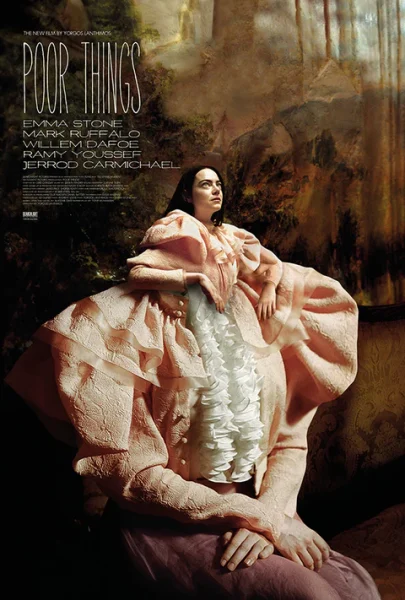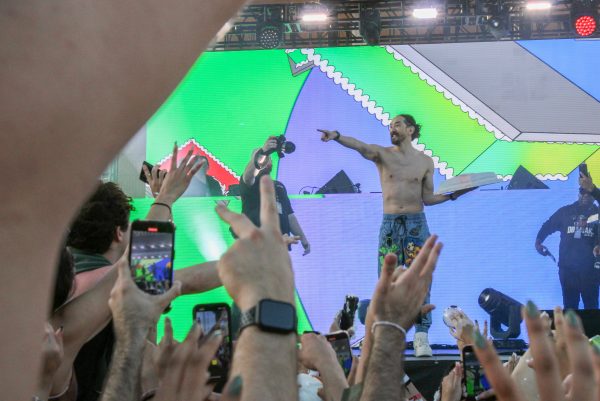Deported veterans exhibit on display
May 10, 2022
The “Deported Veterans” exhibit by CSUN alumnus and United States Navy veteran Joseph Silva opened to viewers in late February, and is on display at the Los Angeles United Methodist Museum of Social Justice until July 24, 2022.
In a collaboration between the Museum of Social Justice and CSUN’s Tom & Ethel Bradley Center, an exhibit of over 40 of Silva’s photographs was curated to be displayed in his showcase on deported military veterans, according to Silva. Featured in the images are foreign-born U.S. veterans who were deported to various countries — Mexico, Costa Rica, Haiti and the Dominican Republic to name a few.
The ultimate goal of the exhibition is to help deported veterans become naturalized citizens by highlighting the hardships they had to endure after being deported.
An estimated 700,000 foreign-born U.S. veterans live in the states, while about 45,000 immigrants actively serve in the military, according to FWD.us.
Over the last 20 years, more than 148,000 members of the U.S. military have been naturalized, according to the U.S. Citizenship and Immigration Services. In recent years, however, the number of approved naturalization petitions has seen a decrease.
“It’s important that people know there’s foreign nationals joining the military, and if they get in trouble they can get deported,” Silva said. “It’s still happening today.”
In 2019, there were 58% fewer naturalizations of foreign nationals — people who are not citizens of the country they reside in — in the military compared to 2016, according to the U.S. Department of Homeland Security.
Naturalization application denials for military service members reached a high of a little over 17% in 2019, 7% higher than civilian petition denials, according to FWD.us. Although denial rates for military applicants declined in 2020, many active and former military members are still awaiting approval.
Silva believes that anybody who serves their country in the military should automatically be given the right to become a citizen. The documentary fine arts photographer feels that the issue of deported veterans is not as widely known as it should be.
54-year-old Silva learned about the struggles of his military brothers and sisters after reading an article about deported veterans on social media in 2016. Following this, he traveled to a deported veterans support house in Tijuana, Mexico, to photograph and hear the stories of various veterans who were deported from LA.
“Just hearing people’s stories … Once I started, I thought this [issue of deported veterans] could be something,” Silva said. “I never heard about it, really. So I just started documenting, started photographing it.”
After three years of documenting and photographing the stories of deported veterans, Silva was approached by art department Chair Edward Alfano to complete an independent study at CSUN in 2019. The independent study later culminated in the form of a museum exhibition.
Images of his travels to meet deported veterans were looked at and pulled together every week, according to Silva. By the fall 2021 semester, Silva had accumulated thousands of photographs, with only a fraction picked to put on display for the show, he said.
“We picked out 40-something images,” Silva said. “We made a theme … We wanted to show humanity.”
A majority of the veterans featured in the exhibit have lost their families, and the hardest part was that many of the veterans were told they would never see their kids again, Silva noted.
“They are foreign-born nationals in the military. And even though they got deported, they still have humanity,” Silva said. “You can see the patriotism in them. It can be your next-door neighbor, it can be someone you served with … There are communities of people who were deported that we just don’t know about. Because no one is talking about it.”
